Spain holds some of the most unique finds from classical antiquity. The Iberian peninsula features more Carthaginian sites than the Punic homeland in Tunisia and has more Roman Republican sites than Italy itself. Before the land was fully Romanised, the Iberians themselves developed an advanced civilisation which embraced Greek culture and featured a writing system as well as rudimentary cities. Thus, for the student of ancient history and archaeology, Spain forms an integral building block in the understanding of the geopolitical world in the western Mediterranean during antiquity.

Study trip: Greece and Turkey, Sicily, India...
Spain 2024

Greece and Turkey 2023

About the Course
- CLA 3901 - Ancient World Study Trip
- Trip from May 27 to June 13, 2023
About the Tour
Although less famous than the classical Greek civilization of the fifth century BC, the ancient Greek world reached the height of its power and influence in the Hellenistic era. Inaugurated by Alexander the Great, this was a world of large kingdoms and grandiose capitals. Within these metropolises, the old Greek gymnasia were transformed into centers of higher education whose libraries sought to collect all human known knowledge and whose classrooms developed the empirical scientific method. The Hellenistic period looked both East and West: the Macedonian kings who inhabited Vergina and Philippi looked to mainland Greece for models on which to organize their society. However, once Alexander led them East, they came to be influenced just as much by the highly advanced civilizations that existed on their borders. As a conduit for eastern trade and as the gateway to the Greek motherland, Asia Minor became immensely wealthy and was symbolic of the new era as the cities of Ephesus and Pergamon emerged as true metropolises and centers of Greek culture. Their ruins now form some of the greatest archeological sites from the ancient Greek world. Like the Hellenistic world, both northern Greece and modern Turkey look East as well as West. Thessaloniki has a significantly more cosmopolitan feel that the rest of Greece, while the rich traditions of Turkey are influenced as much by the Middle East as they are Europe. Thus a journey from northern Greece down the west coast of Turkey is a unique experience, enticing in its contrasts; no other place on the Mediterranean seems so familiar and yet so exotic all at once. This will be the second time Professor Serrati of the University of Ottawa and Professor Russell of John Abbott College have led a group of students on a historical and archeological trip to Turkey and represents their fourteenth consecutive student trip to the Mediterranean. All site tours shall be led by Professor Serrati. He has published numerous scholarly works on the archeology and history of Asia Minor and the Hellenistic world.
For more information, contact:
Prof. John Serrati
Dept of Classics and Religious Studies
University of Ottawa
[email protected]
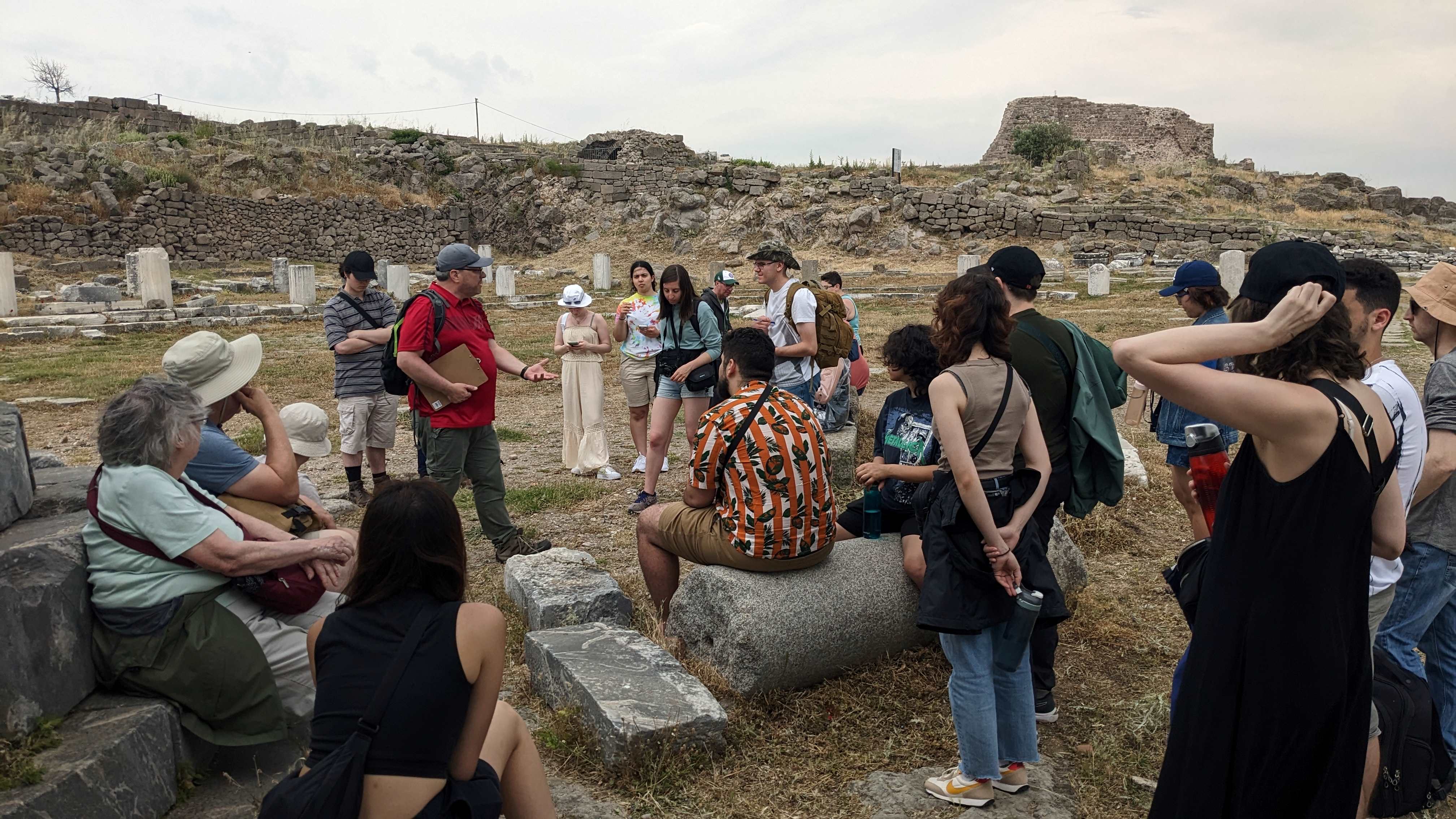

Sicily 2019

About the Tour
The island of Sicily has been a crossroads of culture throughout history. Although now part of Italy, from its distinct language to its Arab-influenced cuisine to its North African architecture, Sicily is very unique. Because of its ancient agricultural wealth and central location in the Mediterranean, Sicily was visited, colonized and conquered by the Greeks, the Carthaginians, and finally the Romans. The field trip will center upon interactions between these peoples and their cultures, all of whom served to give Sicily unparalleled physical remains as well as one of the most unique histories in the entire ancient world.
Tour Leaders
Prof. William Russell
History and Classics
John Abbott College
Prof. John Serrati
History and Classics
John Abbott College
Prof. Heather Loube
Dept of Classics and Religious Studies
University of Ottawa
Prof. Jitse Dijkstra
Dept of Classics and Religious Studies
University of Ottawa
Extract of Itinerary
- Palermo (Punic Panormos) The capital of Arab, Norman, and modern Sicily
- Catania Economic and intellectual centre of modern eastern Sicily
- Solunto An eighth century BC Carthaginian city
- Piazza Armerina Fourth century BC Roman villa; one of the best preserved in the entire world
- Morgantina A third century BC Syracusan colony


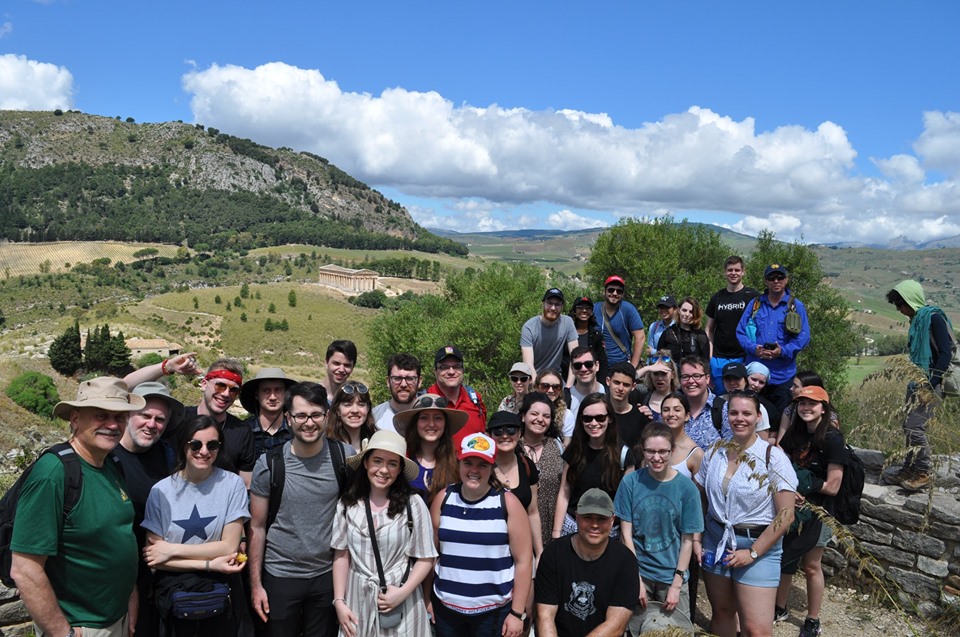
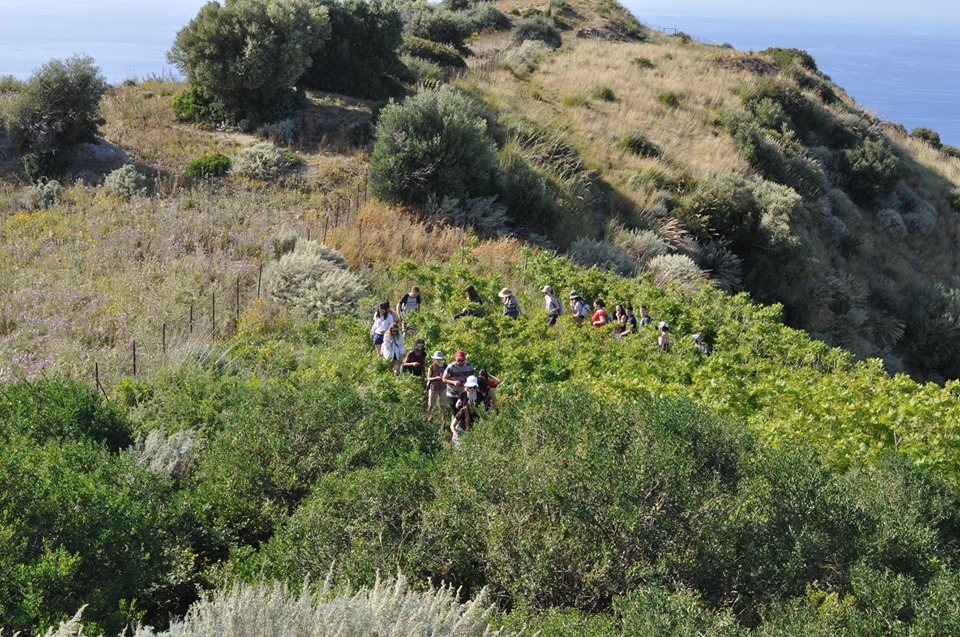
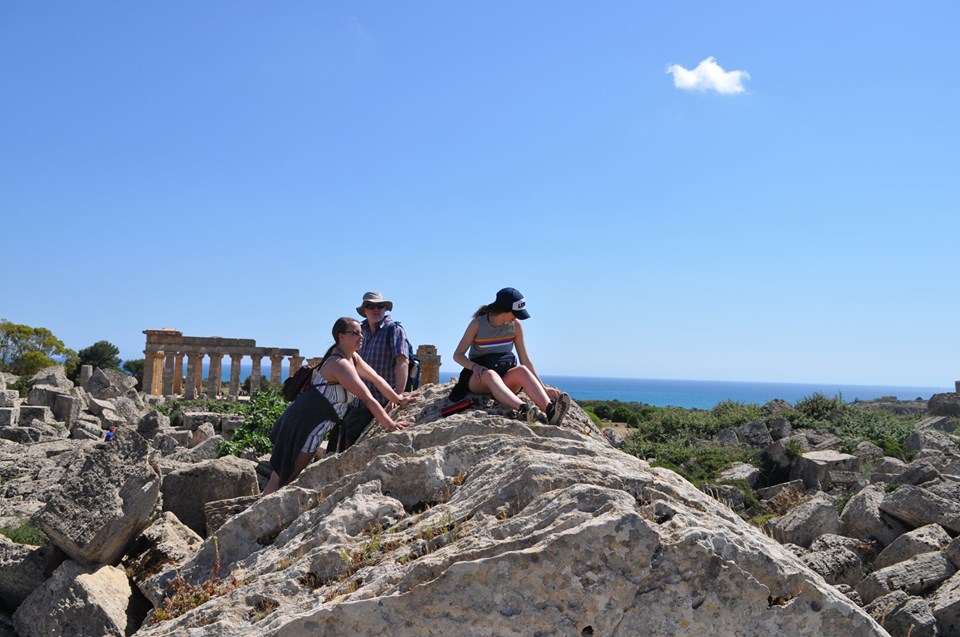
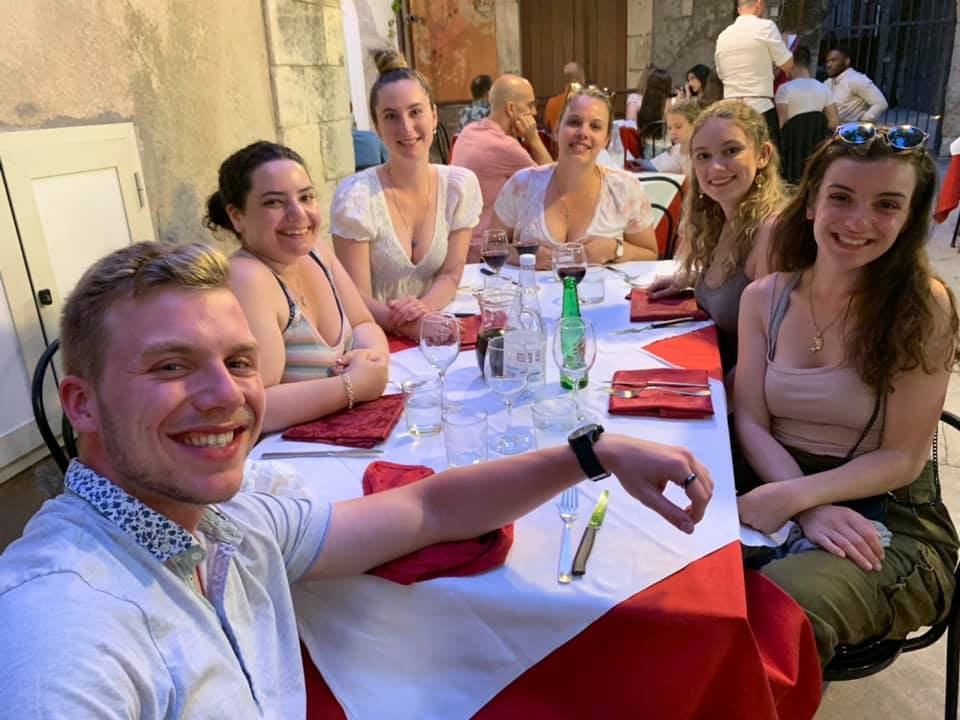
Summer Course - India 2015

During the summer semester in 2015, Dr. Anne Vallely once again taught her oversea course in India to students from the University of Ottawa. The course also accepted a small number of students from other universities across Canada. The course focuses on the religious and cultural tradition of Jainism and provides students - from both undergraduate and graduate programs - the opportunity to participate in cultural and educational immersion in India. The program is affiliated with the University of Mumbai, where students spend a week studying with faculty from the Department of Philosophy, as well as participating in daily excursions to important religious sites in and around the city, including the Buddhist Kanheri caves and the island Elephanta, famous for its 6th century rock carvings of Lord Shiva.
For more information, contact the tour professor: Dr. Anne Vallely (Religious Studies) - [email protected]
The photos below show the group in Elephanta caves and in front of the famous Heads of Shiva. The students also travel and study in Varanasi, Delhi and Jaipur.


Contact us
Department of Classics and Religious Studies
Desmarais Building, 10th floor
55 Laurier Ave. East
Ottawa, Ontario
K1N 6N5
Tel: 613-562-5714
Fax: 613-562-5991
[email protected]
Office hours
Monday to Friday, 8:45 am to 12:00 pm, 1 pm to 4:30 pm.



